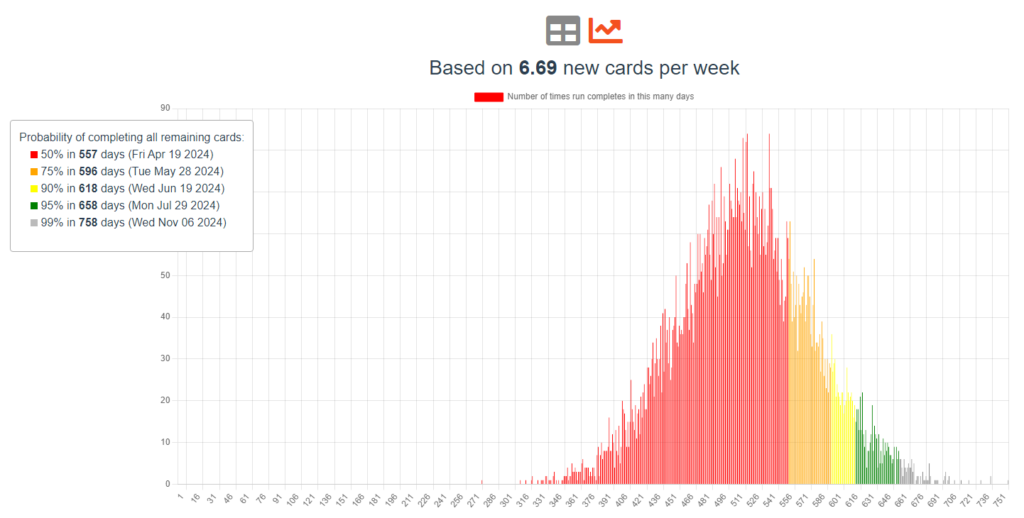Fed up with the mystery of “points”?
Estimates never quite give you an idea of when it will be done?
Are your forecasts always wrong?
If you’re working in software development, then you know that accurate estimates are the holy grail for many Executives. After all, if you can’t estimate how long something will take to build, you’ll never be able to hit your deadlines they surmise.
The best way way to improve your estimating skills is scope management
and focussing on delivering the most valuable things. This means
understanding what the customer wants and needs and then tailoring the
project to fit those requirements. By doing this, you can avoid adding
unnecessary features that will just add to the project’s scope.
Of course, you can’t always predict what the customer will want, so it’s
important to be flexible and allow for changes along the way. This is where
agile delivery techniques come in handy.
With agile, you focus on
delivering software in small increments, which makes it easier to make
changes.
Fortunately, there are ways to get more accurate estimates. One method
is called probabilistic forecasting. This involves looking at past data to see
how accurate your estimates have been and then using that information to
improve your future estimates.
Software development is notoriously difficult to nail down precise dates.
And to be honest, all estimates are probably wrong. Agile practitioners
focus much more on scope management and discovery to tailor the best
outcomes for your customers and users via iterative delivery techniques.
That isn’t to say attention to delivery timescales and longer-range
planning is not in a practitioner’s thinking. Poor forecasting can erode
trust and create an adversarial relationship between the team and upper
management as both learn to deliver value iteratively.
And recognising the fallibility of points at the management level is critical.
At ABN we deal with estimating all the time. Although our main focus is
always on delivering the most value early when it comes to project
estimates we prefer probabilistic forecasting using Monte Carlo
simulations to bring a more sophisticated and robust approach. And it is
surprisingly easy to use data to help stimulate the right conversations and
build confidence.
We have worked with our partners at Agile Simulations to bring an easily
accessible tool to do all the background work for you.
Monte Carlo is used for analyzing the impact of risk and uncertainty in
prediction and forecasting models.It can be used to help make better business decisions by simulating
several different outcomes based on varying input variables.
The model should then be checked to make sure it reflects real world
conditions as accurately as possible – each element should be calibrated
and cross-checked against other elements in the model.
How the tool works
With a few minutes of preparation, we can work with you to provide
insights into your data – all you need to do is provide an backlog file with a
few key details in it.
To ensure secuirty and compliance we ask that the data being shared has
been sanitised or permission sought from your security department or
data officer in advance!
Sounds simple when you put it like that but have you got the time and
resources to get the model setup?
Here at ABN we strongly believe in the value of data driven decisions
and have seen the results of using data to get the outcomes you need
rather than blindly hoping that redline on a gantt chart will be right.
Working with our associate Steve, we came up with a product to help
you get that important data visualised and into your hands with a
simple, accessible tool.
Data required for analysis
Task ID – can be a numerical series or task description
Start Date – when the task was created
Closed Date – when the task was finished
Once the data is passed into the system – we run a number of simulations
on the data.
We can vary the arrival rates (how many new stories/tasks will be added)
to give you real world simulations of how your decision can affect the
outcomes. That will give the model enough information to give you a predicated
“finished” date.
The model takes into account the time each task will take to complete,
how many people are working on the project and other important factors.
What does this all mean for you and your team?
It means that you can have more accurate data to inform your decision
making around when a project will be completed. It also means that you
can start to get a feel for the impact of new features or changes on the
delivery date.
This data can help you avoid those dreaded “I told you so’s” when a
project overruns – by building in a level of comfort that the data is there to
back up your decision-making.
That will give the model enough information to give you a predicated “finished” date.
As you can see below that date is probalistic, not guaranteed.
The data can then be used to improve stakeholder confidence and consider what is really a priority and what can wait for later.

Would you like to talk to a consultant about how the tool could help you?
Feel free to use the form below and we will get back to you shortly or click the “chat now” link below to get an immediate response!